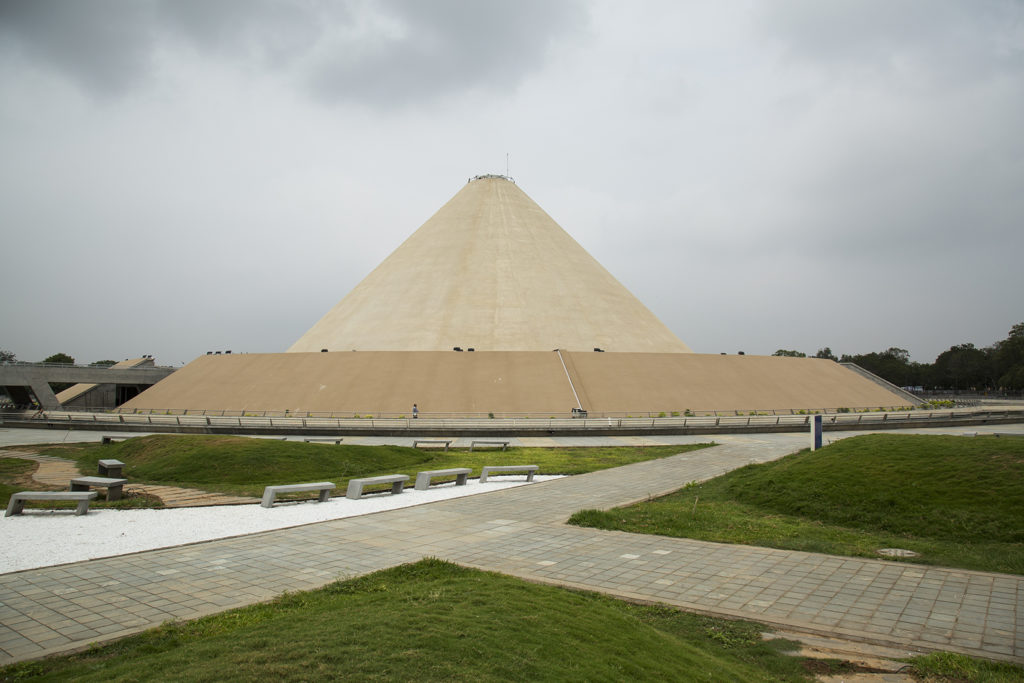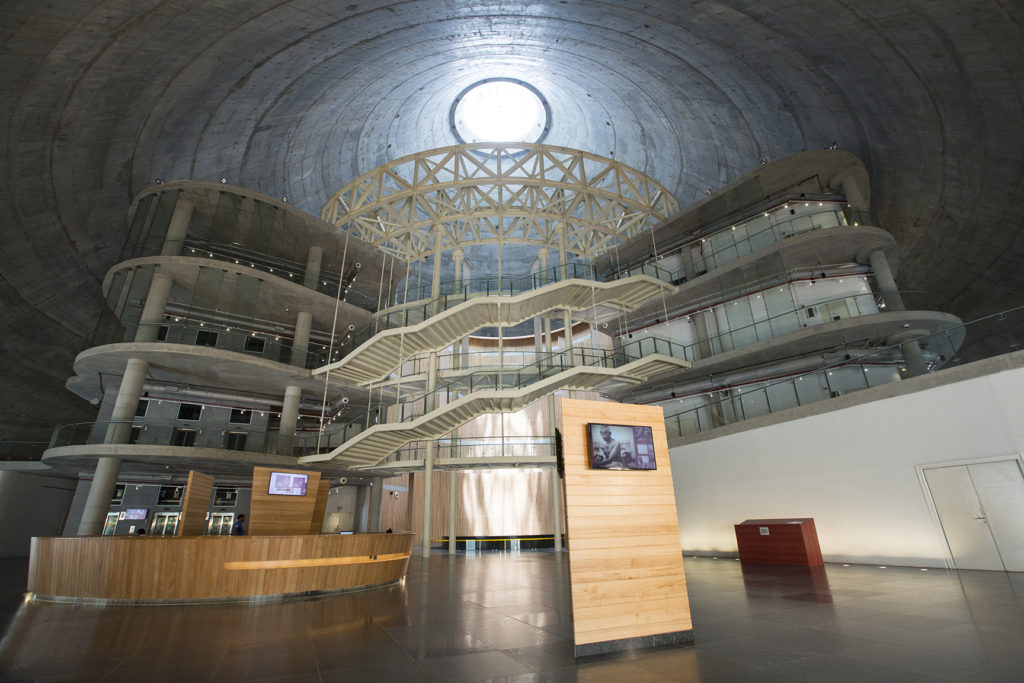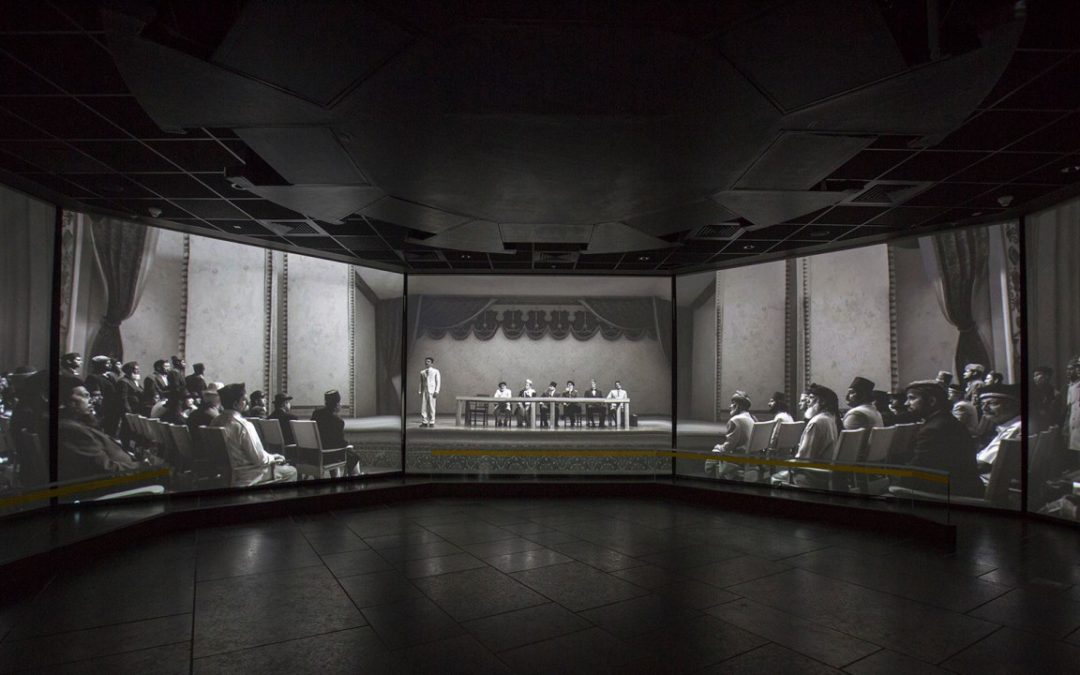Can you give a brief overview of the collections and the number of museums under the Gujarat state government?
Currently, we have 16 museums actively working under the Gujarat state government and the construction for the Dwarka museum is also complete. We’ll soon be setting up a museum dedicated to Krishna in Dwarka which is under consideration. In terms of the overall collection, we have 1 lakh 90 thousand objects which include paintings, textiles, weapons, coins, sculptures etc. in the Gujarat state museums. This is just within museums and not archaeological sites. We also have 361 archaeological sites housing many sculptures and other related collections.
Also Read: Art and Antiquities Law in India
Many international museums are incorporating technology to enhance the visitor experience. Could you highlight such museum practices in Gujarat and how technology was used?
A wonderful example of this is the Dandi Kutir Museum in Gandhinagar. We do not have any original collection related to Gandhi in the museum so we’ve relied on technology. The museum is constructed in the shape of a salt mound and there are 3 floors inside where visitors can experience stories from Gandhi’s life. From Mohan to Mahatma, you can see the whole story. We’ve used many projectors providing 3D, 4D, 5D experiences. One area shows Mahatma Gandhi at a young age when he saw a Satyavadi Harishchandra play. When viewing it you will feel like you’re part of the drama, like you’re the audience. Through different projectors and 3D effect, you will feel as if the artists are performing in front of you. Another room shows Gandhi’s speeches. When you enter the room, the projectors come down making the visitor feel like they’re a part of the crowd.

The Dandi Kutir Museum in Gandhinagar
There’s also a room that shows Mahatma Gandhi’s return from South Africa, and how he travelled across India by train. So we have a train coach in which the visitor can feel like you’re traveling on the train as we’ve used films to create that experience. We also provide audio guides which are good to understand the life of Mahatma Gandhi. So, the entire museum was constructed without any original collection and using technology.

Interior of the Dandi Kutir Museum
What are the various ways in which the visitor experience can be enhanced in the museum?
So when I was a child, for school trips they would take us to the museum and we would only view the objects in the showcase and if we have time then we would read some captions, and labels. But if there was no time, the teachers would tell us ‘ek dusre ki gardan dekhte hue chalo, don’t break the line’ (Just keep looking straight and don’t break the line). Now that there is technology, the visitor can choose to interact with the objects depending on how much they want to learn. Earlier, if there are 5 galleries you had to visit all of them. Now if you’re interested in one object or are doing research on a particular object/subject then you can visit the museum and with proper technology you can get information about that particular object or section.
One example I can give you is from the City Palace museum, Jaipur where I conducted a touch and feel activity. In the weapons gallery, there’s a dagger called ‘Scissor-action dagger’ which if you push will function like a scissor. Many visitors who viewed the dagger were unable to understand how the dagger functions. So I made a replica of the dagger and kept it on a table in front of the showcase and asked visitors to work it to understand how it functions. I’ve taken photos of the moment when they’re interacting with the replica to understand how the dagger works. The satisfaction is visible on the visitors’ faces.
Also Read: Object handling at City Palace Museum in Jaipur
When I had joined this department I submitted a project report to use ‘Jatan software’ in the museums of Gujarat and I’ve gotten approval for it this year and we’ve started digitisation. So I think that technology is very important. Smartphones can be used to engage people well and provide a virtual experience for those who may not want to keep visiting museums.
What advice will you give to museum professionals who are working towards revamping their facilities?
First, they should take an accessibility survey in their museums, because nowadays that is very important. Through the survey you can identify all the facilities that you don’t have in the museum. There are many reasons for visitors to not come to a museum. When we work in the museum we are unable to see those things because they are accessible to us but it may not be as accessible to the visitors. So, from the visitors’ point of view if you survey the entire building and collection you’ll know the facilities you need to incorporate—whether it is related to the building, to the visitor facility or the display and exhibition of the collection. Many museums are not accessible to persons with disability and that’s something that needs to be worked on. Sometimes visitors don’t know what route they should follow, which direction they should move and these are small things that a survey can help with. Another thing would be to organise a visitor engagement program which will make the visitors come again. If the curators are able to and if they have objects in their storage, then from time to time they need to organise temporary exhibitions, which can ensure a steady flow of repeat visitors.
~ENDS~
Dr Pankaj Sharma is Dy. Director (Museums) at the Directorate of Archaeology and Museums, Govt. of Gujarat. He was the senior curator at the Sawai Man Singh Museum, Jaipur and also a recipient of the Nehru Trust UK Travel award, 2012.








Recent Comments